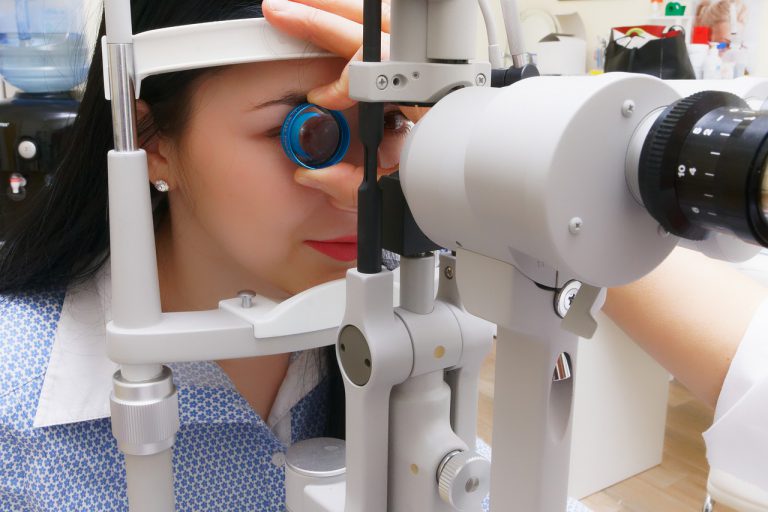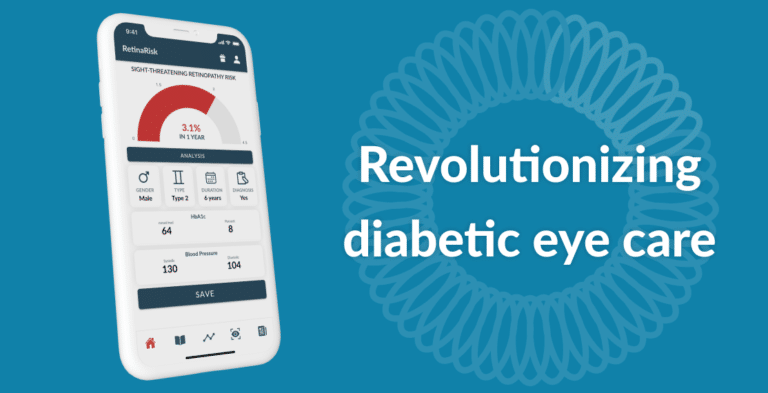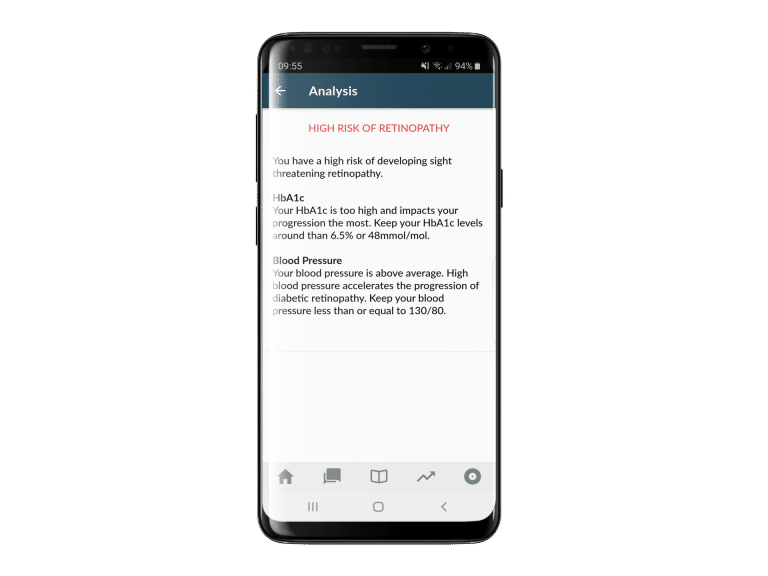The Importance of Individual Diabetic Retinopathy Screenings
Personalizing screening for sight-threatening diabetic retinopathy was on the agenda at this year‘s annual meeting of the European Association for the Study of Diabetes (EASD), which was held in Barcelona, Spain in September 2019. One of our founders, Dr. Arna Guðmundsdóttir, Endocrinologist at the National Hospital in Iceland, attended the meeting and shared with us some of the highlights.
Individualized screening for sight threatening diabetic retinopathy (STDR) is a topic close to the heart of our founders, since the RetinaRisk algorithm is designed to identify those at high risk of developing STDR based on their risk profile. The RetinaRisk algorithm was developed following extensive international research on risk factors known to affect the progression of diabetic retinopathy, such as the type and duration of diabetes, gender, blood pressure and HbA1c levels, as well as a diagnosis of retinopathy. Clinical validation in over 20.000 diabetic patients in five countries has confirmed that the RetinaRisk algorithm can predict the risk of retinopathy progression with a very high precision (ROC curve with AUC over 0.8).
Diabetic retinopathy is one of the leading causes of blindness in the working age population around the world.. Effective screening has been proven to help prevent severe loss of sight due to diabetes. The focus of the discussion at the EASD annual meeting was on how existing screening programmes can be made more effective by applying personalized screening methods instead of a one size fits all approach.
Dr.Deborah Broadbent, an ophthalmologist and the principal investigator in Liverpool, reported on the results of the ISDR (Individualized Screening for Diabetic Retinopathy) study, a prospective observational study of risk factors for progression of STDR, treatment and visual impairment. She provided an overview of the scope of the problem at hand and emphasized that with a global diabetic population of around 400 million, the need for cost effectiveness in eye screening for diabetic retinopathy is dire. Dr. Broadbent mentioned that fixed screening intervals is not evidence-based and that some countries have launched eye screening programmes with stratified screening intervals. This has in some cases been done by dividing the cohort into sub-groups based on type of diabetes, while in other cases the risk factors of each individual have been the determining factor for the screening interval, as has been proposed by our founders.
Based on the ISDR study, Dr. Broadbent said that people with diabetes and stakeholders can be reassured that extended interval and personalized screening can be safely and effectively introduced in established eye screening programmes. This means that the burden of unnecessary eye screening appointments for low risk patients can be reduced. She also suggested that substantial resources released from routine screening could be re-targeted to hard-to-reach and high risk groups and to address the increasing prevalence of diabetes. She also discussed how the study had explored the perception of screening and variable screening intervals amongst people with diabetes and professionals who were involved at key review points within the programme, with good results.
Prof Marilyn James, Professor of Health Economics at the University of Nottingham’s School of Medicine, who has collaborated with the Liverpool Ophthalmology group, discussed “cost effectiveness of personalised screening and scaling up to address a worldwide pandemic ,“ which was based on the results of the ISDR study. She indicated that in a large population, such as in Liverpool, annual savings in the region of £424K in health service costs could be realized. Prof James stated that the two-year incremental cost savings per participant was £19.73 (NHS perspective) and £26.19, with the inclusion of societal cost. Prof James mentioned that by moving to a variable risk-based screen interval, the quality of life for the patients was not compromised and that cost savings to healthcare systems and societies were considerable — and even greater if the cost of blindness was taken into account.
According to Prof James, using individualized screening for STDR worldwide could lead to savings in the region of £4,094 million in health service cost alone. In her closing statement, Prof James said that unless an individualized screening approach was adopted worldwide, many more people living with diabetes will become blind and the cost to healthcare systems will continue to rise.
Raising the issue of individualized screening for STDR at the EASD is an important step to bring the message to a wider audience. Only with a concerted effort will we be able to bring individualized screening to the mainstream with the associated benefits to persons living with diabetes and healthcare systems at large.









